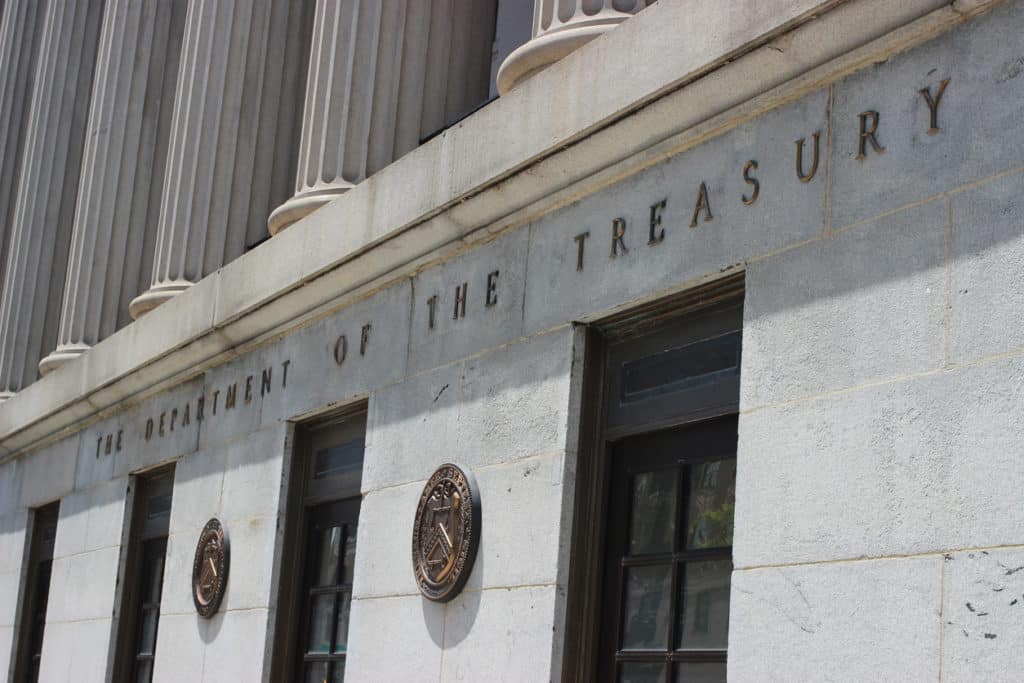
Direct, continuous pricing streams are slowly but surely reshaping how U.S. Treasuries are traded.
The majority of the U.S. Treasury market is traded electronically. In 2023, 64% of the $755 billion average daily notional volume (ADNV) was executed via a combination of central limit order books (CLOB), request for quote (RFQ) and direct, continuous pricing streams. For roughly the past five years, many market participants were working on the assumption that streaming would capture a growing share of the market. However, only 9% of Treasury volume is currently executed via direct streaming, with only 16% of investors using direct streaming to trade on-the-run Treasuries.
“Despite seemingly lackluster metrics, streaming now is at the heart of nearly all Treasury volume traded today,” says Kevin McPartland, Head of Research at Coalition Greenwich Market Structure & Technology and author of Streaming Prices Underpin U.S. Treasury Market. “Looking only at that breakdown of the market misses the real story. The lines that divide execution methods and venues have blurred considerably, and direct, continuous pricing streams now play a role in most types of Treasury trades.”
Algorithms and Streaming Prices
Every price available in a Treasury CLOB is generated and kept up to date by an algorithm, which is fed by a direct, continuous pricing stream. The same algos respond to RFQs. For the voice business, the responding dealer is usually responding with a price calculated by the same algo.
Trading venues are effectively providing ways to move these algo-generated prices between liquidity providers and liquidity takers, allowing them to negotiate and hopefully lock in the trade. If an anonymous CLOB market allows a liquidity taker to filter out liquidity providers they do not want to trade with, is it still a CLOB or is it now streaming? And if a streaming market allows anonymous trading with the liquidity providers the client has access to, is that now a CLOB?
“Increasingly, these arguments are just semantics,” says Kevin McPartland. “What matters is that liquidity takers can access the market in whatever way they deem the most efficient.”
Streaming Prices Underpin U.S. Treasury Market breaks down the U.S. Treasury market by execution method, analyzes the growth of streaming as a share of the overall market, and then discusses how direct, continuous pricing streams are helping blur the line between execution methods and transform the way Treasuries are traded.
Source: Coalition Greenwich





